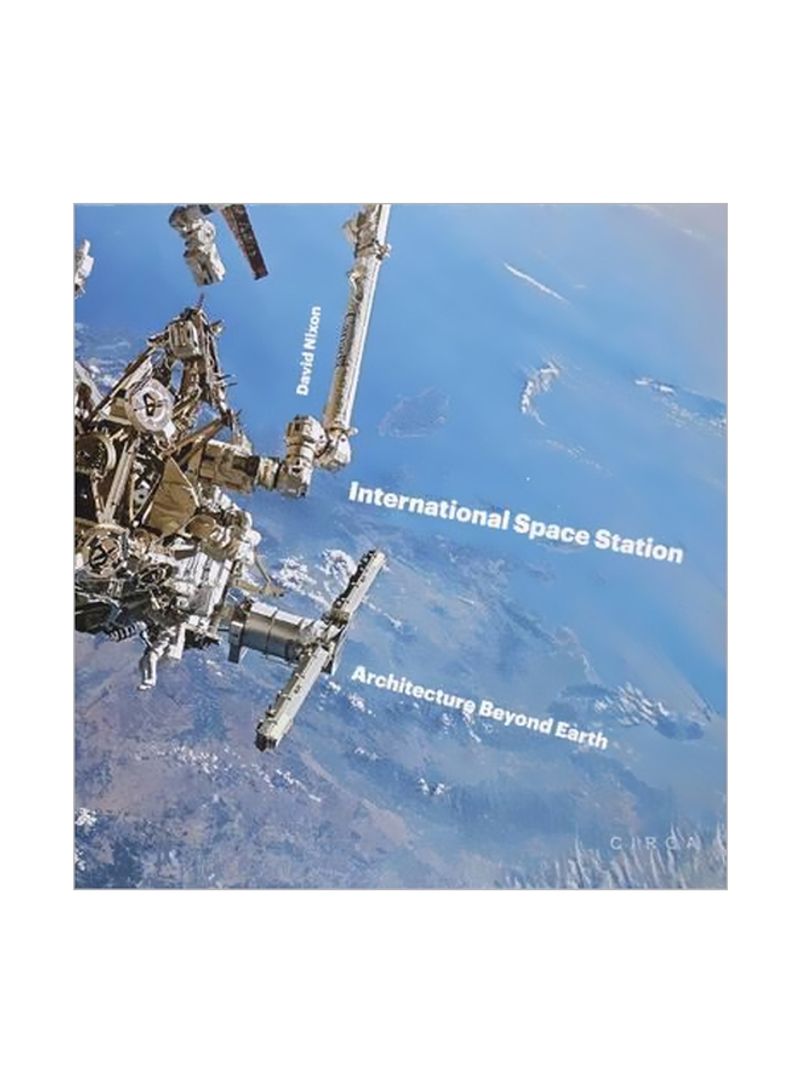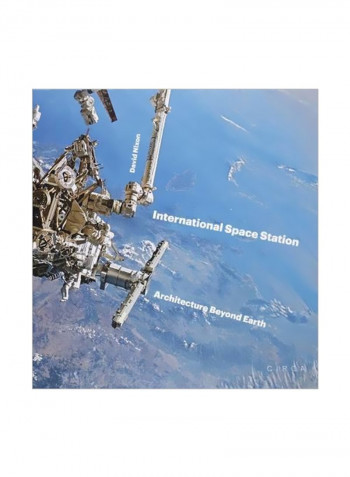International Space Station:Architecture Beyond Earth Hardcover
Recommend
Sort by
Rating
Date
Specifications
Author 1
David Nixon
Book Description
In 1984 President Ronald Reagan gave NASA the go-ahead to build a Space Station. A generation later, the International Space Station is an established and highly successful research centre in Earth orbit. The history of this extraordinary project is a complex weave of powerful threads - political, diplomatic, financial and technological among them - but none is more fascinating than the story of its design. This book provides the first comprehensive account of the Station's conception, design, development and assembly in space. It begins in 1979 with early NASA concepts based on the use of the Space Shuttle and ends with the final Space Shuttle mission in 2011. As a highly accessible chronicle of a complex piece of design and engineering, it is a book that will appeal to readers far beyond the space field.
Language
English
Publisher
Circa Press
Publication Date
1 April 2017
Number of Pages
416
About the Author
David Nixon is an architect with a particular interest in designing for space exploration. In 1978 he co-founded Future Systems with Jan Kaplicky and was among a handful of architects invited to work on the design of the International Space Station. He later established an office in Los Angeles to focus on work across the space field. In 2000 he formed Astrocourier to develop miniature spaceflight experiments for schools. This book is the result of seven years' research.
Editorial Review
I'm not aware of any book on the ISS that comes close to what Nixon offers here.--Inside Outer Space This book thoroughly chronicles the history, development, engineering, habitation, design, and, finally, "architecture" of the International Space Station. Weighing 422 tonnes, the ISS is still circling the planet every 90 minutes at about 17,500 miles per hour, coequal in the author's judgment to CERN's Large Hadron Collider in Switzerland. The book proceeds diligently from the 1960s to today, dividing American habitation in space into seven chapters. The ISS was constructed primarily by Russia and the United States after 1972, with contributions from Europe, Japan, Canada, Italy, and Brazil, and it still represents the most ambitious and the most complicated habitat ever conceived, contrived, and constructed by sapiens. This book culminates seven years of work by the author, embracing four valuable appendixes, more than 100 terms in the glossary, over 300 illustrations, 500-plus footnotes, and over 1,200 index terms in 400-plus pages. This heavy tome far replaces several smaller, outdated NASA paperbacks and reference guides with a much larger scope, a greater attention to detail, and a fully fashioned explanation of the complicated economics, politics, technologies, etc., of space exploration. This book definitely serves the general public. The author is a British architect who moved to California and has long specialized in the architecture and design of space exploration vehicles. Verdict Excellent for STEM education and lots of other disciplines.--Library Journal



